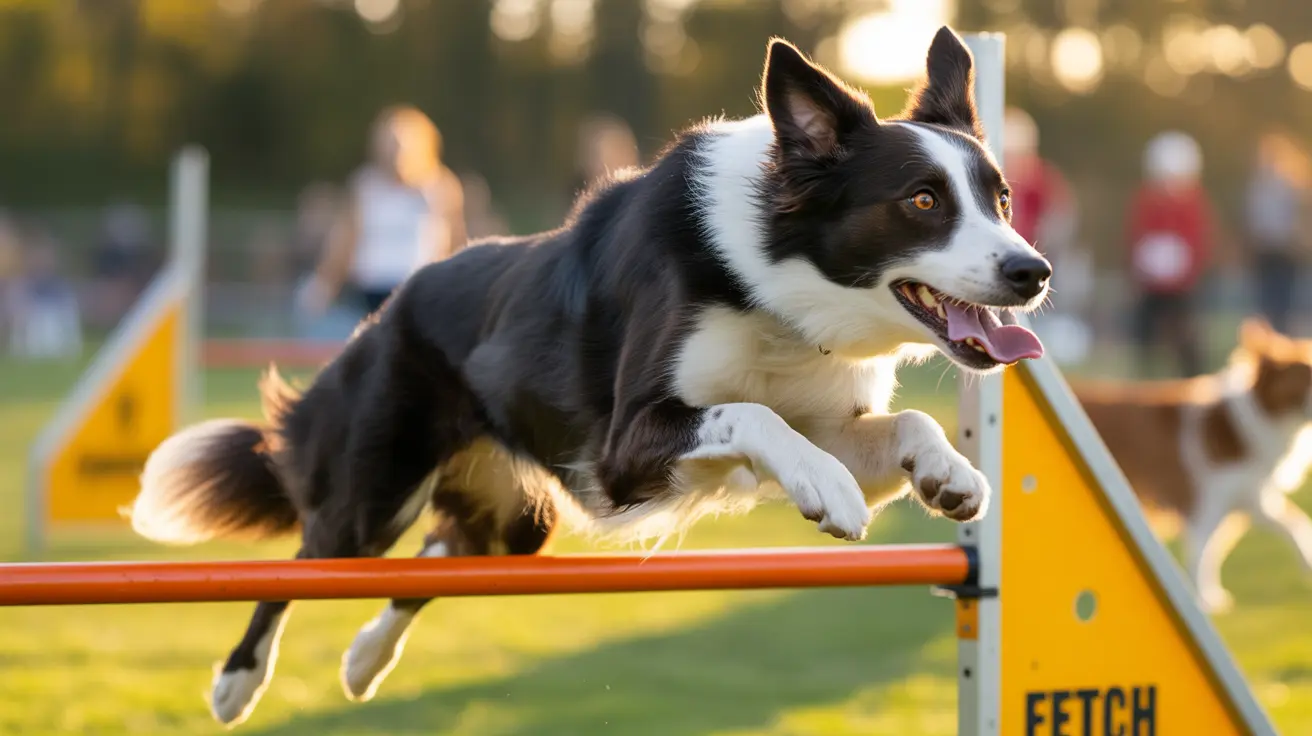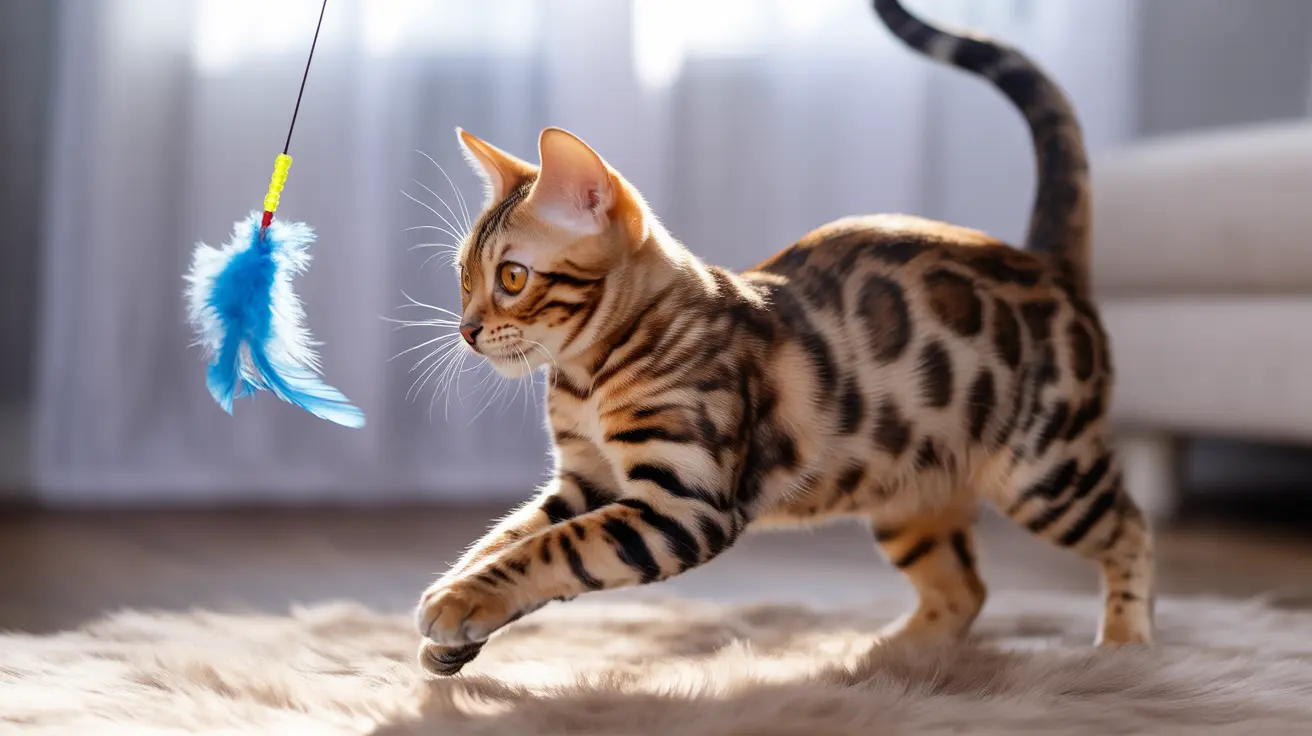Understanding Flyball Basics
At its core, flyball is a relay race where dogs sprint down a course, jump over four hurdles, trigger a spring-loaded box that releases a tennis ball, catch the ball, and race back over the hurdles to their handler. The sport requires speed, accuracy, and teamwork, making it an excellent outlet for energetic dogs who love to retrieve.
The standard flyball course is 51 feet long, with hurdles placed strategically throughout. Teams compete against each other in parallel lanes, creating an atmosphere of excitement and friendly competition. The first team to have all four dogs complete the course without errors wins the heat.
Essential Equipment for Flyball Success
To participate in flyball, you'll need several key pieces of equipment:
- Four adjustable hurdles
- A flyball box with spring-loaded mechanism
- Tennis balls
- Training aids and rewards
- Water and cooling equipment
- Proper collar or harness
Quality equipment is essential for both safety and performance. The flyball box, in particular, must be sturdy and well-maintained to prevent injuries and ensure reliable ball release.
Training Your Dog for Flyball
Successful flyball training begins with basic obedience and gradually builds to more complex skills. Start by ensuring your dog has a solid foundation in commands like "sit," "stay," and "come." From there, work on:
- Ball drive and retrieval skills
- Jumping technique
- Box turn training
- Start line stays
- Team running coordination
Training should be positive and progressive, allowing your dog to build confidence at each step. Many handlers find success by breaking down the complex movements into smaller, manageable parts before combining them into the full sequence.
Competitive Aspects and Teams
Flyball competitions are organized by various governing bodies worldwide, with the North American Flyball Association (NAFA) being one of the most prominent. Teams compete in divisions based on speed, ensuring fair competition regardless of experience level. The excitement of tournament day, combined with the camaraderie among team members, makes flyball a uniquely rewarding sport for both dogs and handlers.
Health Benefits and Exercise Value
Regular participation in flyball provides numerous benefits for dogs, including:
- Improved cardiovascular fitness
- Enhanced agility and coordination
- Mental stimulation
- Social interaction
- Stronger bond with handlers
- Stress relief through physical activity
Frequently Asked Questions
How do I train my dog to start playing flyball, and what basic skills should they learn first?
Start with basic obedience training and ensure your dog has a strong retrieve drive. Focus on commands like "sit," "stay," and "come." Begin with single-jump training and ball retrieval exercises separately. Once these fundamentals are solid, introduce the flyball box and gradually combine elements into the complete sequence.
What equipment do I need to set up a flyball course at home for training?
Essential equipment includes four adjustable hurdles, a flyball box, tennis balls, training aids (treats/toys), and safety gear. Start with basic jumps and a simple ball-return system before investing in competition-grade equipment. Many clubs offer equipment use during training sessions.
Which dog breeds are best suited for flyball and can small or senior dogs participate?
Any breed can participate in flyball, though Border Collies, Whippets, and Jack Russell Terriers are particularly successful due to their speed and agility. Small dogs are valuable as "height dogs," and senior dogs can participate with appropriate modifications. The key is having enthusiasm for retrieving and good physical condition.
How can I safely build my dog's confidence and speed when jumping flyball hurdles?
Begin with low hurdles and gradually increase height as your dog becomes comfortable. Use positive reinforcement and ensure proper jumping form before adding speed. Practice individual elements separately before combining them, and always warm up properly before training sessions.
What are the main rules and structure of a flyball competition that new handlers should know?
Competitions involve teams of four dogs racing relay-style over a course with four hurdles and a flyball box. Each dog must successfully retrieve their ball and return over the hurdles before the next dog starts. False starts, dropped balls, and missed jumps result in penalties. Hurdle height is determined by the shortest dog on the team.
Conclusion
Flyball offers an exciting opportunity for dogs and handlers to engage in a high-energy sport that builds fitness, confidence, and teamwork. Whether you're looking to compete at tournaments or simply provide enriching exercise for your dog, flyball can be an excellent addition to your canine activities. Start with basic training, connect with local clubs, and enjoy watching your dog thrive in this dynamic sport.






